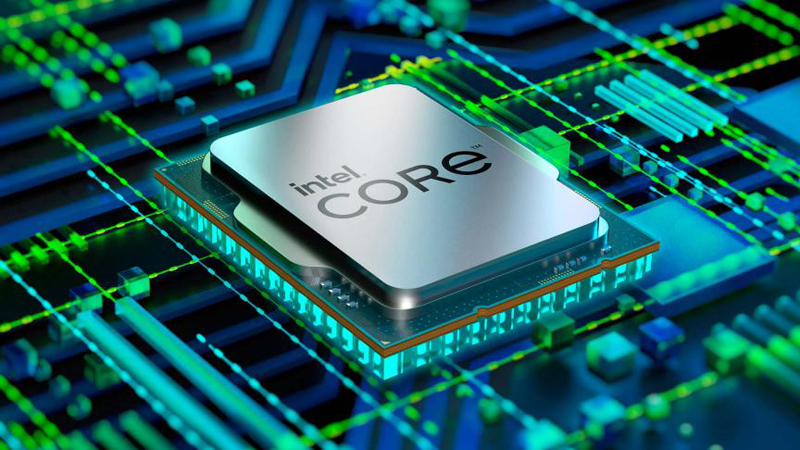Lip-Bu Tan, former CEO of chip software company Cadence Design, has left Intel’s board of directors. He explained his departure as a personal decision to “re-prioritize various commitments,” saying he remained “supportive of the company and its important work,” although Reuters sources attributed the departure to the semiconductor industry veteran’s disagreement with Intel’s turnaround plan.

Image Source: Intel
Lip-Bu Tan joined Intel’s board of directors two years ago as part of a plan to restore Intel’s position as the world’s leading chipmaker. In October 2023, the board of directors expanded his powers, making him responsible for overseeing production operations.
Over time, Tan began to become disillusioned with Intel’s contract manufacturing approach and bureaucratic, risk-averse culture, sources said. He also called the company’s staff bloated. Intel had 125,300 employees worldwide, according to its most recent quarterly financial report. Patrick Gelsinger, who took over Intel in 2021, is reportedly adding at least 20,000 employees by 2022.
The issue of job cuts was one of the sources of tension between Tan and other board members, sources said. Tan wanted specific cuts, including middle managers who do not contribute to Intel’s engineering efforts. He said teams on some projects were five times larger than those doing comparable work at competitors such as Advanced Micro Devices (AMD).
Tan said that Intel was overwhelmed with a bureaucratic layer of middle managers who were hindering progress in Intel’s server and desktop chip divisions, and that they should be cut first. Intel’s bloated workforce, larger than that of Nvidia and Taiwan Semiconductor Manufacturing Co. combined, has led to a complacent and uncompetitive culture, former Intel executives say.
Intel’s turnaround plan is based on developing contract chip manufacturing, similar to TSMC. But the company did not disclose major clients and also said the business is not expected to be profitable until 2027.
In an effort to cut costs, Intel suspended the dividend it has paid for decades, announced an upcoming 15% workforce reduction and will cut operating expenses and capital expenditures by more than $10 billion in 2025.
By refusing to buy Tower Semiconductor, Intel finds itself in a difficult position because it has no experience working with external clients for contract manufacturing, Reuters sources say. Tan was also disappointed that the board had not followed his recommendations on how to make the manufacturing business more customer-focused and eliminate unnecessary bureaucracy, one of them said.